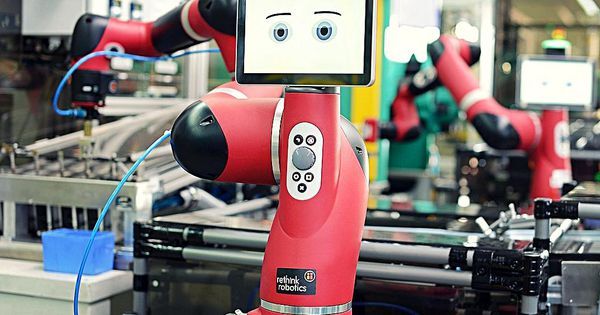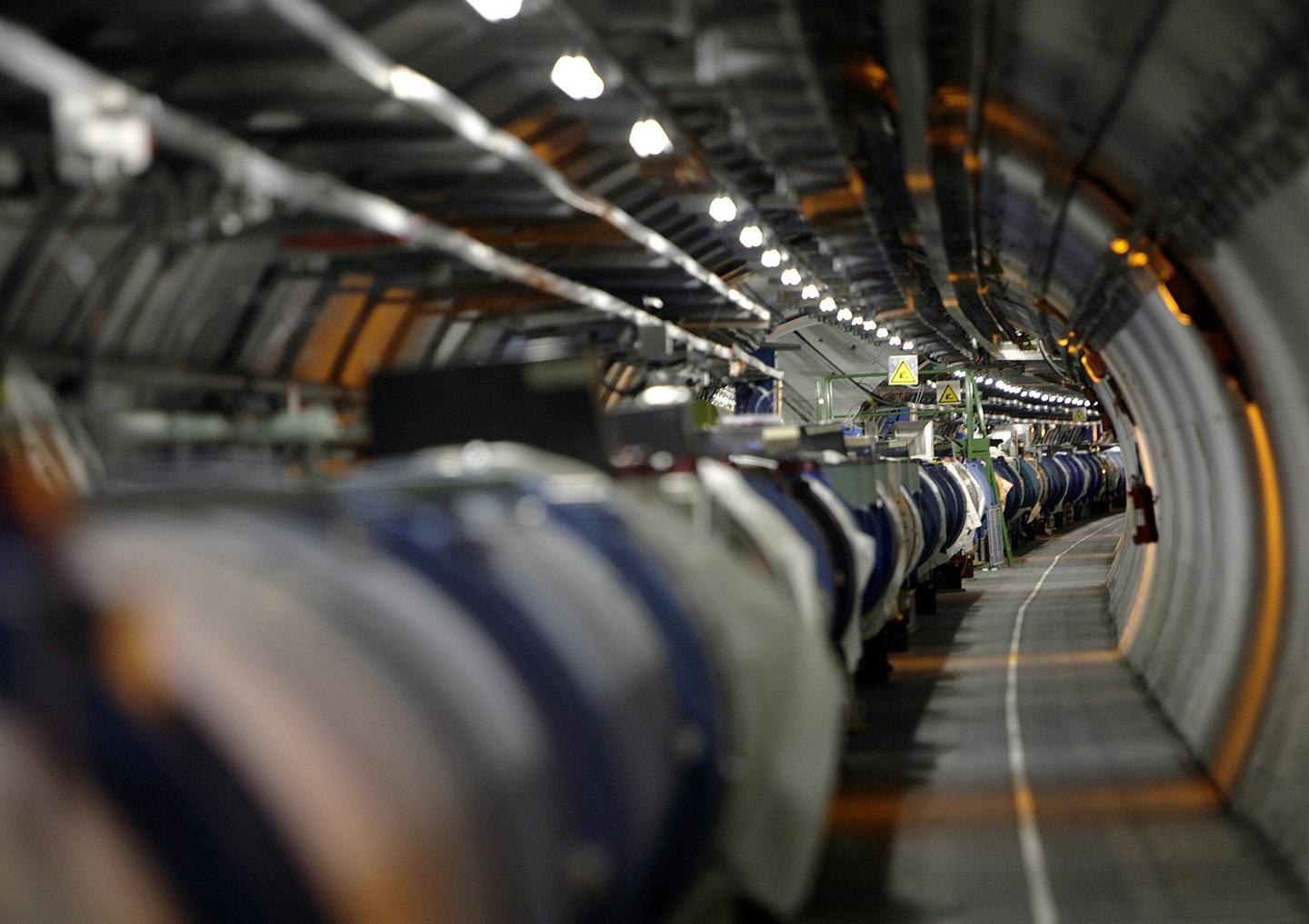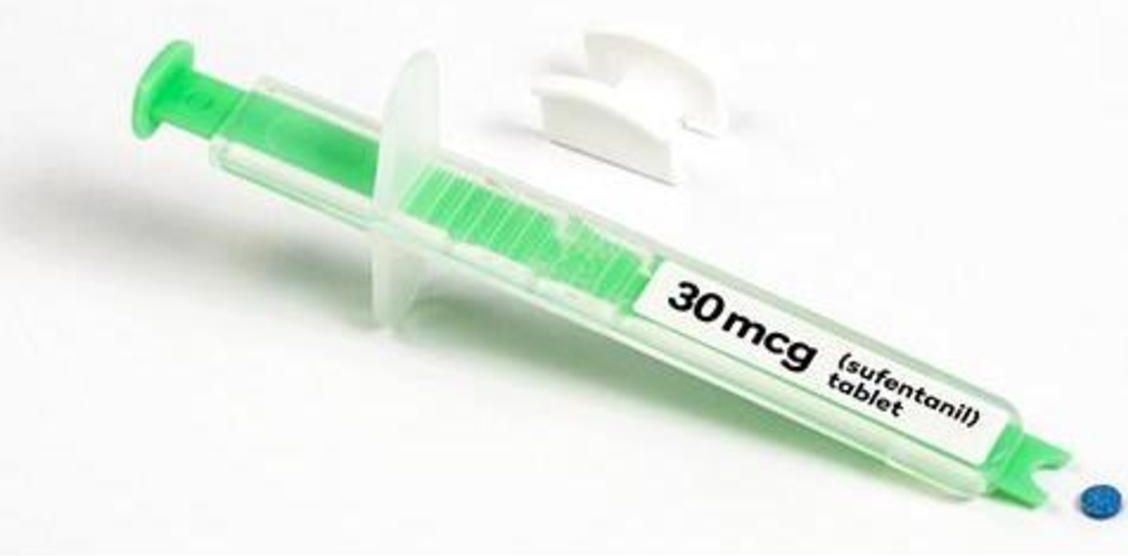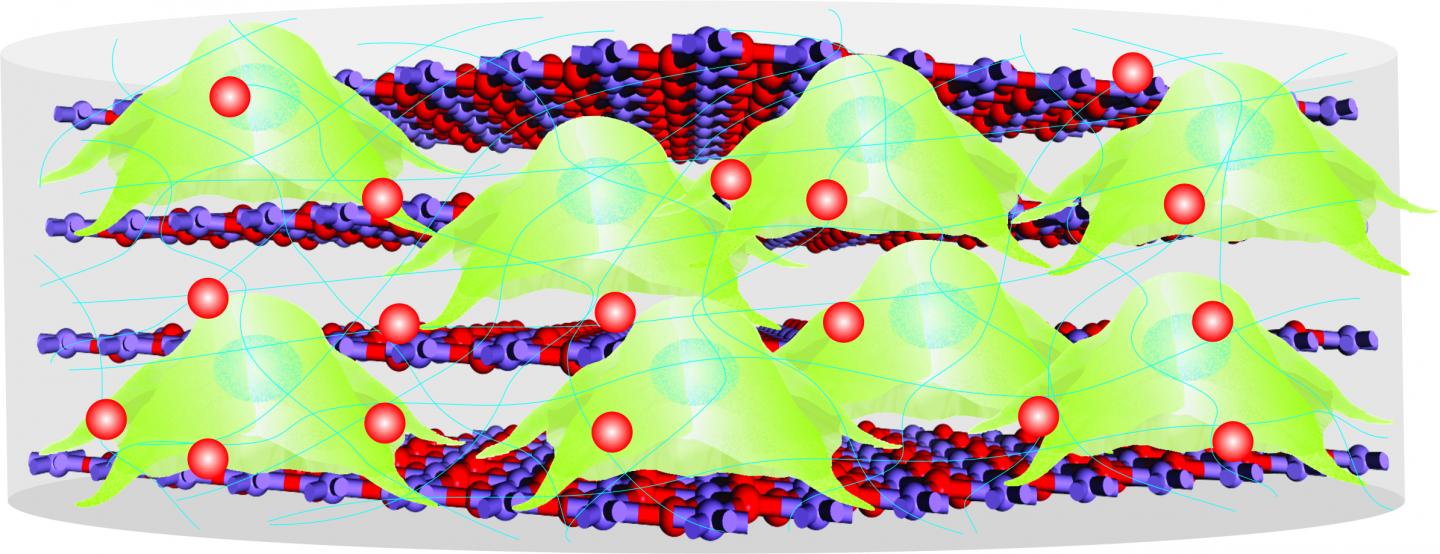Page 9424
Nov 5, 2018
NAD+ Mouse Project a Record Breaker
Posted by Steve Hill in categories: biotech/medical, life extension
The NAD+ Mouse Project has ended in a record-breaking amount raised for a research project so far on Lifespan.io. The campaign ended yesterday after having raised a total of $75,285 and smashing three stretch goals!.
An amazing 321 people backed the campaign and they will get to enjoy a range of great donor rewards and know that they have been a part of launching a great experiment. Thanks to their help the researchers will now be able to test if NMN has potential as an anti-aging drug.
We are both humbled and so very grateful for the generous support of the NAD mouse project. As the excitement and potential of the NAD longevity field continues to grow, we can’t wait to see what we learn and report to our supporters about what NMN can do. – Dr. David Sinclair
All this seems to indicate that the robotics industry isn’t going away anytime soon. If anything, the fact that investors are being more critical with their investments, paying more attention to market forces than to visionary-led promises means we’re entering a reality-driven age of investing in AI. The trouble is that this reality phase seems to be limited (so far) to the robotics industry. Tech companies in other corners of AI are still being wooed by investors with deep pockets and more patience than they have for robotics. Will the investments continue at the amounts and valuations currently supporting the industry? Or will these investors also be dragged down to earth by market and competitive realities? All that still remains to be seen. The hope is that the investment does continue, because after all, the quest for the intelligent machine has yet to be fully realized.
This is particularly perplexing since many AI companies are flush with cash and raising money at increasingly eye-watering levels and valuations. How could it be that these robotics firms, run and operated by some of the most celebrated people in the AI industry could be failing when seemingly less-compelling solutions such as process automation tools and facial recognition applications are raising billions of dollars? Is robotics really that hard or is there something else going on in the industry?
Nov 5, 2018
Europe was the birthplace of mankind, not Africa, scientists find
Posted by Mary Jain in category: evolution
The history of human evolution has been rewritten after scientists discovered that Europe was the birthplace of mankind, not Africa.
Currently, most experts believe that our human lineage split from apes around seven million years ago in central Africa, where hominids remained for the next five million years before venturing further afield.
But two fossils of an ape-like creature which had human-like teeth have been found in Bulgaria and Greece, dating to 7.2 million years ago.
Continue reading “Europe was the birthplace of mankind, not Africa, scientists find” »
Nov 5, 2018
Why Physics Needs a Post-LHC Collider
Posted by Genevieve Klien in category: particle physics
The Large Hadron Collider is the most powerful particle accelerator ever built by humanity. By achieving higher energies and greater numbers of collisions at those energies than ever before, we’ve pushed the frontiers of particle physics past their old boundaries.
Nov 4, 2018
FDA approves painkiller 1,000 times more powerful than morphine
Posted by Genevieve Klien in category: biotech/medical
TRENTON, N.J. (AP) — U.S. regulators on Friday approved a fast-acting, super-potent opioid tablet that is 10 times more powerful than Fentanyl and 1,000 times more potent than morphine.
The drug called Dsuvia was developed as an alternative to IV painkillers used in hospitals.
The decision by the Food and Drug Administration came over objections from critics who fear the pill will be abused. In a lengthy statement, FDA Commissioner Scott Gottlieb said there will be “very tight restrictions” placed on its distribution and it is intended only for supervised settings like hospitals.
Continue reading “FDA approves painkiller 1,000 times more powerful than morphine” »
Nov 4, 2018
Does antimatter fall upwards? New CERN gravity experiments aim to get to the bottom of the matter
Posted by Genevieve Klien in categories: physics, space
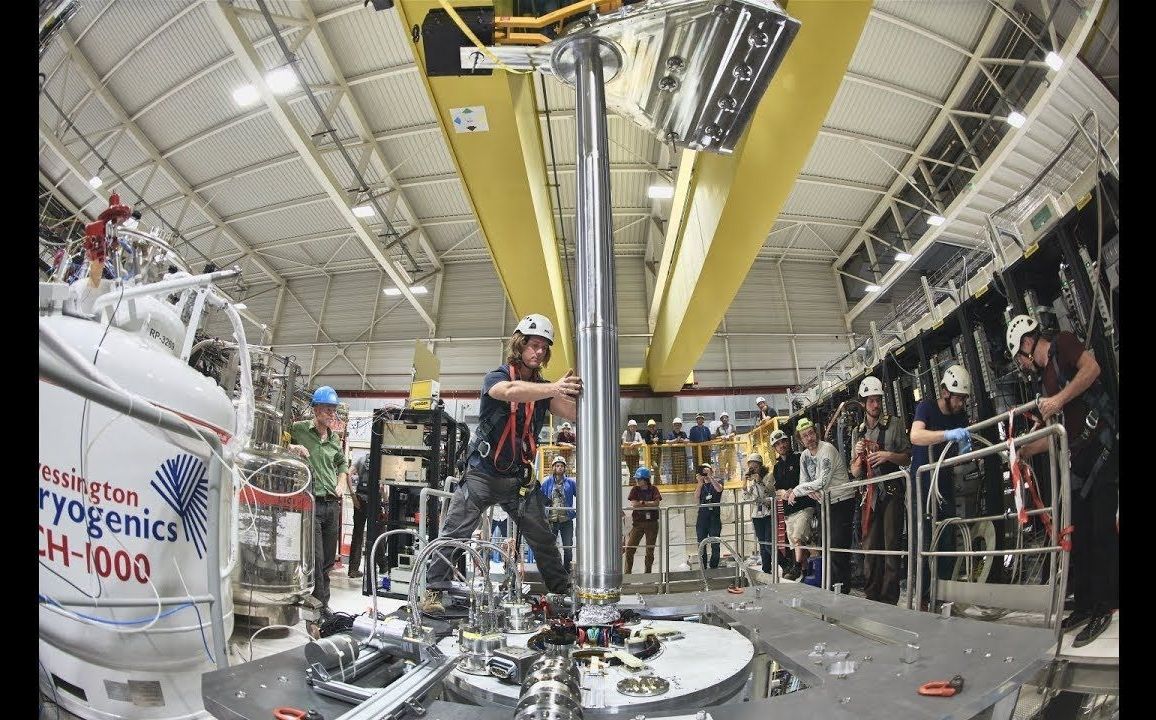
Physics tells us that a hammer and a feather, dropped in a vacuum, will fall at the same rate – as famously demonstrated by an Apollo 15 astronaut on the Moon. Now, CERN scientists are preparing to put a spooky new spin on that experiment, by dropping antimatter in a vacuum chamber to see if gravity affects it the same way it does matter – or if antimatter falls upwards instead.
Nov 4, 2018
Is it possible to produce light without heat?
Posted by Genevieve Klien in category: futurism
This phenomenon requires generating photons with visible, UV wavelengths rather than hot, infra-red wavelengths, and it happens in nature.
Nov 4, 2018
Rutgers researchers advance stem cell therapy with biodegradable scaffold
Posted by Genevieve Klien in categories: bioengineering, biotech/medical, life extension, nanotechnology, neuroscience
Rutgers scientists have created a tiny, biodegradable scaffold to transplant stem cells and deliver drugs, which may help treat Alzheimer’s and Parkinson’s diseases, aging brain degeneration, spinal cord injuries and traumatic brain injuries.
Stem cell transplantation, which shows promise as a treatment for central nervous system diseases, has been hampered by low cell survival rates, incomplete differentiation of cells and limited growth of neural connections.
So, Rutgers scientists designed bio-scaffolds that mimic natural tissue and got good results in test tubes and mice, according to a study in Nature Communications. These nano-size scaffolds hold promise for advanced stem cell transplantation and neural tissue engineering. Stem cell therapy leads to stem cells becoming neurons and can restore neural circuits.


